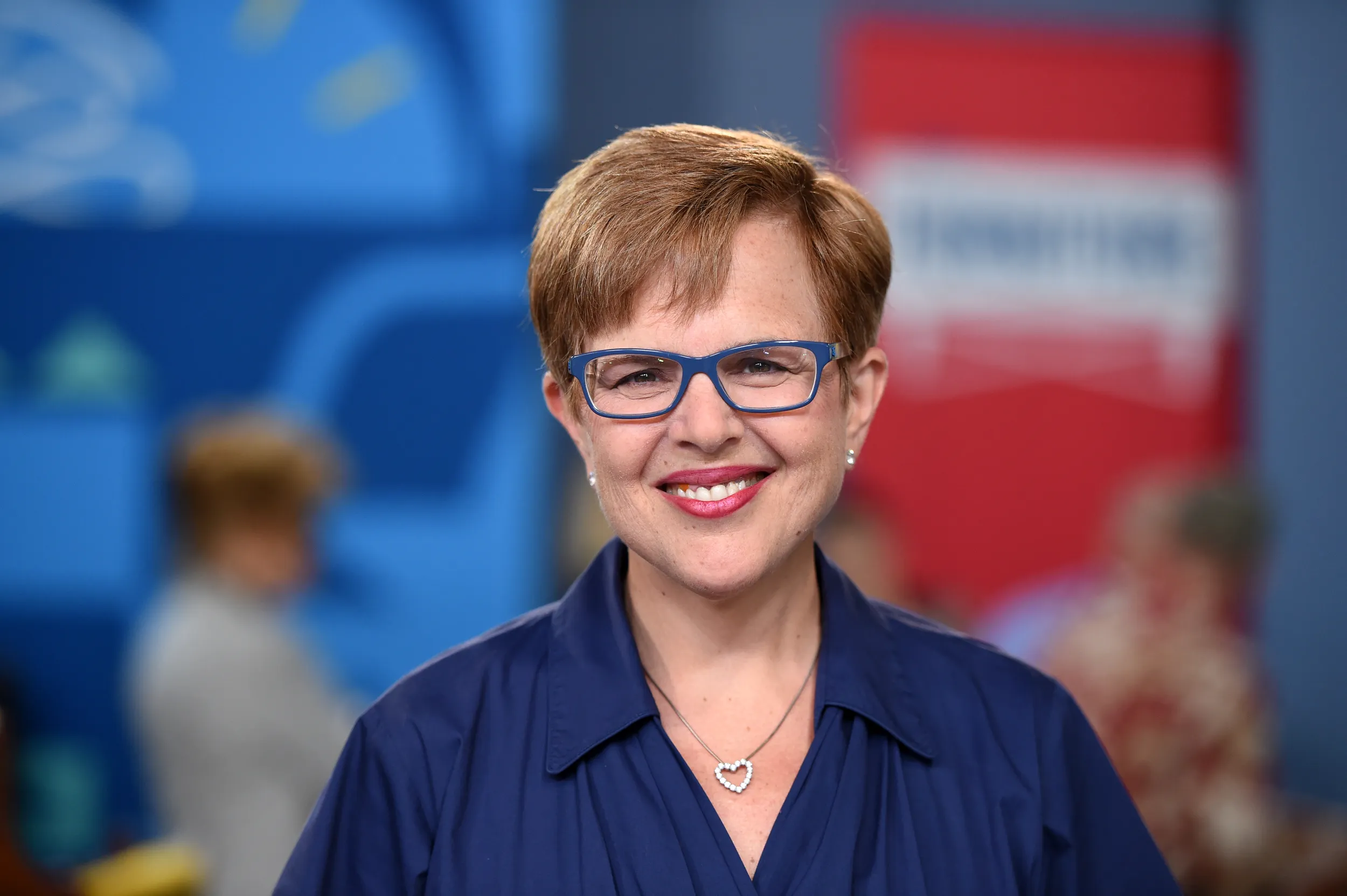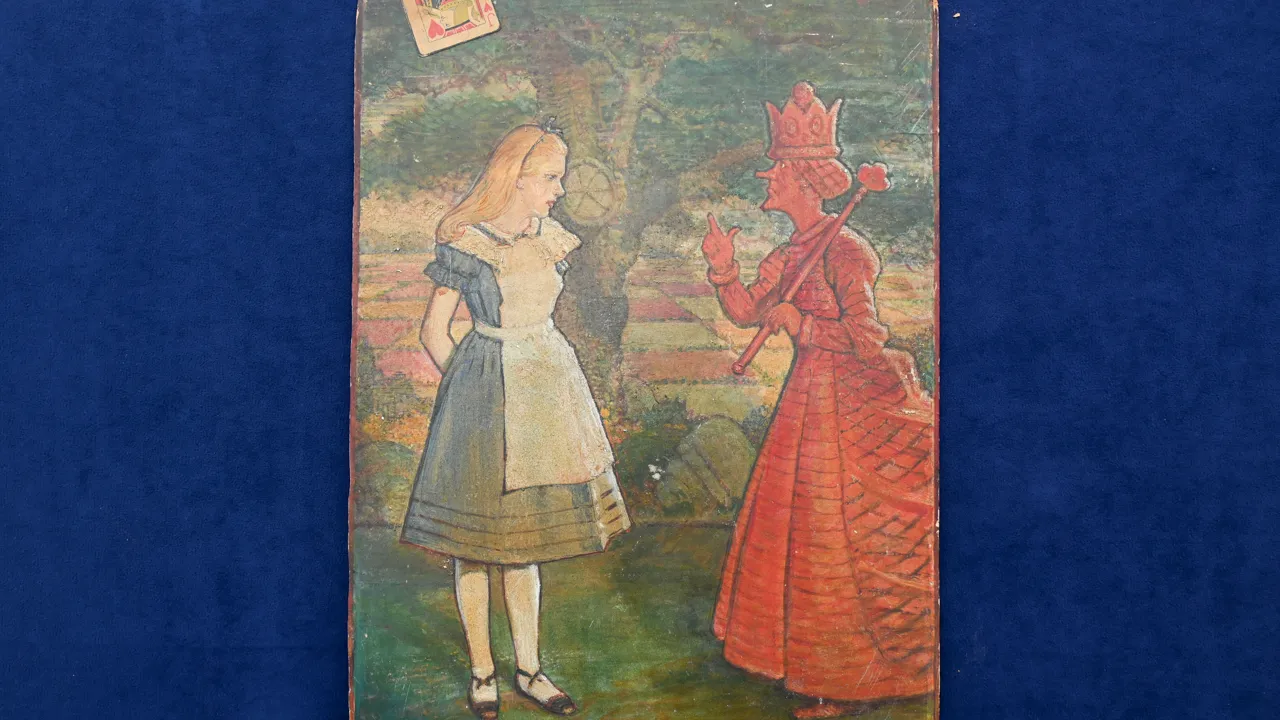MAN: I was a young Naval officer attached to my first command, which was in Key West, Florida, on U.S. Forces Caribbean. I had just come off duty, and here's this tall, kind of jovial fella... (chuckling) ...who says, "Hey, Navy guy, can I buy you a beer?" And we got to be sort of friends. It was Mel Fisher, who had not found the wreck at that time. He and his family were operating a salvage operation out of Key West. He was, at the time, I would put him in his early 50s, maybe, mid-50s. He was interested in the Navy's access to charts in the Keys off Florida, because they were still searching for artifacts. I helped him get some charts and we got to be sort of friendly. And he invited me over to his warehouse operation, where he showed me his charts, where they had pins punched into a chart where they were finding artifacts. So we chatted a bit, and then he said, "Why don't you invest in this thing?" It was $1,000 investment, which was to us a lot of money. So I called my wife at home. She said, "Well, I'll, I'll send a check, whatever you think." So I sat on it for a week and said, "Okay, here you are." And a week later, they found the wreck. And then about a year and a half went by when they got up all this treasure, and they got into a long legal battle with the State of Florida. And they codified all of these artifacts and attach point values to your investment amount. And about a year and a half later, called me and said, "Come down and get your stuff." And this was the largest of the items. It was mostly just kind of a fun adventure.
APPRAISER: The Atocha, as it's always shortened, is Nuestra Señora
de Atocha.
GUEST: Oh.
APPRAISER: Which is Our Lady of Atocha. Atocha was a shrine in Madrid.
GUEST: Oh.
APPRAISER: And it was a wonderful ship. It took almost two months just to load it, it had so much gold, silver, emeralds. Therefore it got a really late start. And in September of 1622, on the second day out, it hit a hurricane.
GUEST: Mm-hmm.
APPRAISER: And it sunk it.
GUEST: Hm.
APPRAISER: Outside the Dry Tortugas. And it was, I think, 1969 that Mel Fisher started his Treasure Salvors...
GUEST: Mm-hmm.
APPRAISER: ...to try to find this wonderful treasure. Most people got coins or ingots, but very few people got candlesticks.
GUEST: Mm-hmm.
APPRAISER: The candlesticks that come up on the market are never complete like this one. There's pieces of bases, there's pieces of tops, but the fact that you have the whole candlestick is great. So you have a Dutch silver candlestick from the 17th century. The artifacts all had certificates of authenticity. And I love the fact that the numbers on the certificate of authenticity match up with the numbers on the candlestick. So as they were recording the inventory, they added the catalogue numbers. It can't get lost because it helps the value of this piece.
GUEST: Hm.
APPRAISER: And the reason I say that is because if this was out of context, just as a Dutch 17th-century candlestick, it would have a value in this condition of maybe $300, $350. If this piece was to come up at an auction, I would put a pre-sale estimate on it at $7,000 to $9,000.
GUEST: Mm-hmm.
APPRAISER: It could well bring over $10,000. It's just such a special piece and you're so lucky to have it.
GUEST: Yeah, well, we feel lucky, yeah.
APPRAISER: It is in the “Guinness Book of Records" as the biggest find ever.
GUEST: Yeah.
APPRAISER: And they evaluated it at about $400 million.



